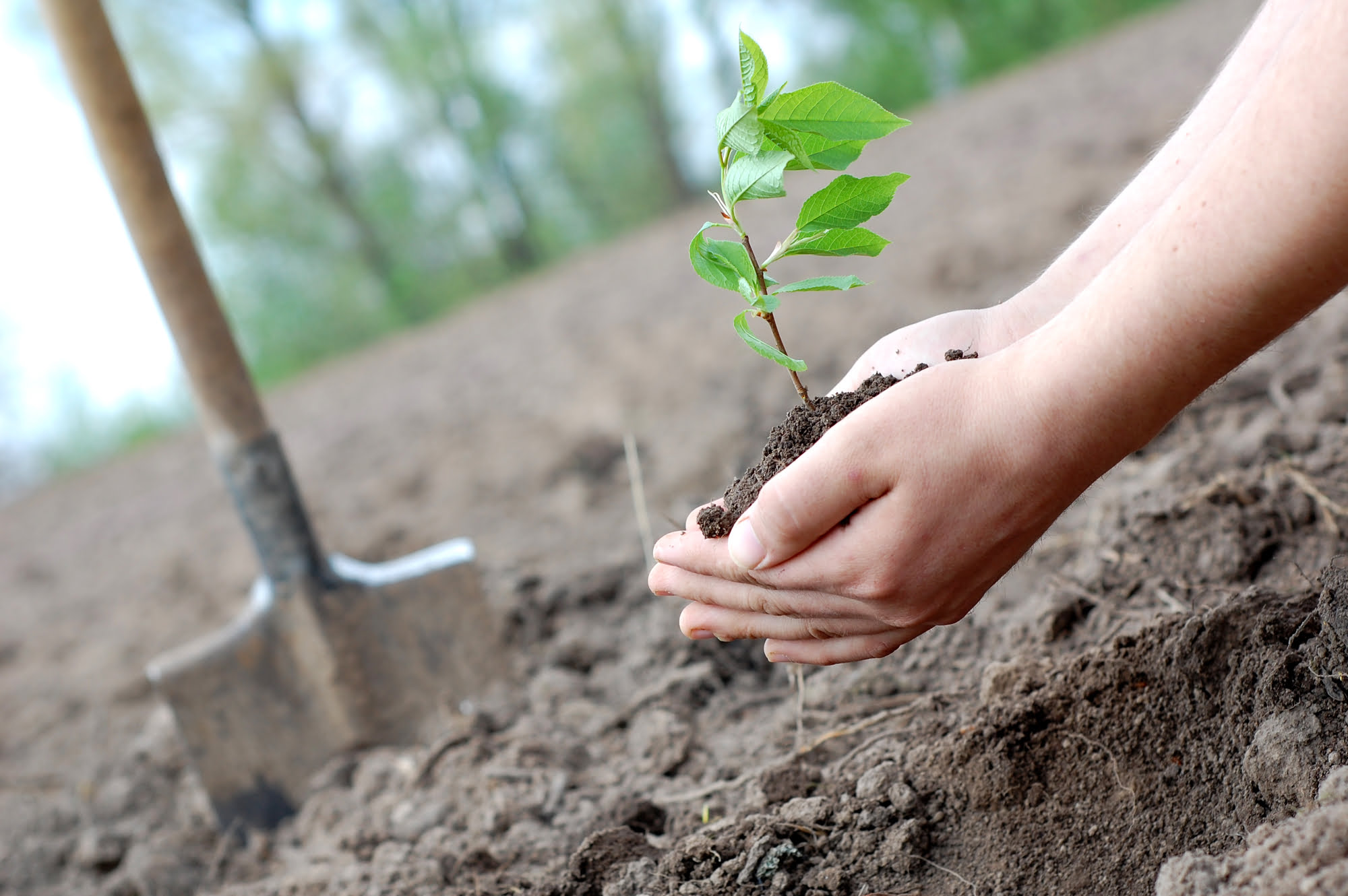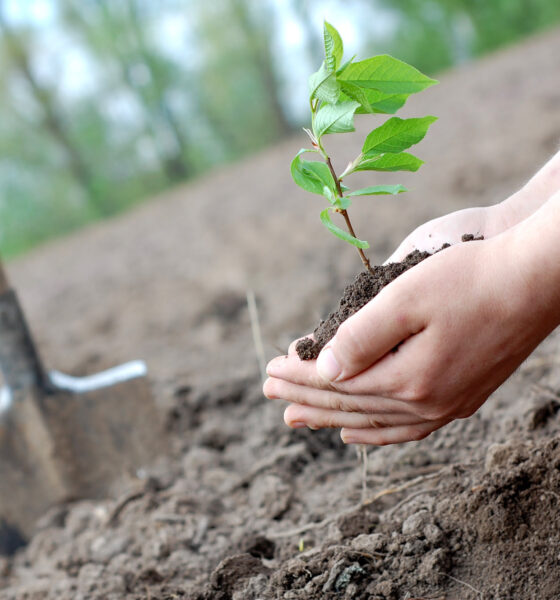

Environment
How To Manage Trees With Sustainability In Mind
It’s hard to deny the importance of trees. They’re essential in giving humans and animals oxygen to breathe, stabilizing the soil, storing carbon, and serving as a protective habitat for wildlife. Without trees, human life and wildlife wouldn’t be able to exist.
There are perhaps hundreds of ways to manage trees. And although there are a lot of well-meaning organizations and individuals who aim to protect trees, some methods end up as short-term solutions. In guaranteeing a future where millions of trees are still alive and well it’s essential to look for sustainable ways to manage them.
Sustainable tree management is critical in ensuring the health of trees and guaranteeing that future generations experience a better world through the benefits of trees without compromising the needs of present-day humans and animals.
So, if you’re interested in discovering how to ensure the future generation gets to experience trees in real life, here’s a list of how to manage trees with sustainability in mind. Keep on reading to learn more.
1. Working With Professionals
In order to be successful in implementing sustainable tree management in urban or rural areas, it’s essential to work with professionals.
Working with certified individuals makes it easier to plan out, implement, and improve any current tree management processes already in place. Aside from knowing what to do at the right moment, these experts will have the tools- such as bracing equipment or tree climbing spikes necessary for responding to emergencies, assessments, and others.
2. Selective Logging
Selective logging is another notable way to manage trees sustainably. This is a practice of harvesting only specific kinds of trees – typically the inferior or older ones, instead of removing all the trees at once.
There are numerous benefits the environment can get from this method. One of the benefits of selective logging is soil protection. When trees remain standing, they provide soil cover, which aids in preventing soil erosion and leaching of nutrients and protects the nutrient cycle.
Another advantage of selective logging is allowing young trees to reach their maturity, which is around 30 to 50 years. By ensuring these healthy trees reach maturity, the future generation can experience trees in real life, not just from books or films.
3. Replanting
Planting replacement trees when older trees are harvested is another of the many things to include in sustainable tree management. Planting new saplings to restore a forest’s original state may sound very straightforward.
However, there are certain factors to consider first before planting replacement trees. These considerations include topsoil health conditions, type and acidity, weather and climate, maximum size, and amount of sunlight needed.
Growing the wrong kind of tree may mean wasting time and money that goes against sustainable tree management principles. An example is planting Red Oak Trees instead of Red Maple trees in Texas. Knowing which tree will thrive in a dry environment like Texas can make a lot of difference in ensuring the saplings survive into maturity.
4. Preventative Pruning
Preventative pruning is one of the essential practices to include in any sustainable tree management program.
Including preventative pruning in tree care lessens tree defects such as the growth of aggressive low branches and codominant stems – when two or more stems of similar size grow from the same point, strengthening the trees’ structure. Implementing this practice makes trees more resistant to storms, strong winds, and other natural disasters – increasing their lifespans and reducing the possibility of accidents that may harm properties, people, or wildlife.
5. Training People
A big part of implementing sustainable tree management practices is to have more people trained in this field. Qualified professionals would be equipped to handle deficiencies, emergencies, or threats like tree diseases or pest infestations that may affect the health and mortality of trees. Aside from being able to assess and forecast, continuously training people in sustainable tree management will encourage improvements in methods or tools used in this practice.
6. Using The Latest Pieces Of Technology
One of the many benefits of living in the digital age is the invention or improvement of tools that make life convenient. Methods, software, and hardware in the present day can be used in monitoring and maintaining forests. Devices that utilize Geographic Information Systems (GIS), Global Positioning Systems (GPS), and computer modeling are just some of the advanced technology professionals can use to implement a sustainable tree care management practice.
Conclusion
To say one is practicing a sustainable tree care method is to actively look for ways to strike a balance between the demands of the current generation without compromising what the future generations would need.
By looking into working with professionals, preventative pruning, using the latest tech, continuously training people, replanting, and selective logging, among other practices, the next generation may just be able to experience the beauty and benefits of trees in real life and not just from reel life.


 Environment10 months ago
Environment10 months agoAre Polymer Banknotes: an Eco-Friendly Trend or a Groundswell?

 Environment11 months ago
Environment11 months agoEco-Friendly Home Improvements: Top 7 Upgrades for 2025

 Features9 months ago
Features9 months agoEco-Friendly Cryptocurrencies: Sustainable Investment Choices

 Features10 months ago
Features10 months agoEco-Friendly Crypto Traders Must Find the Right Exchange




























